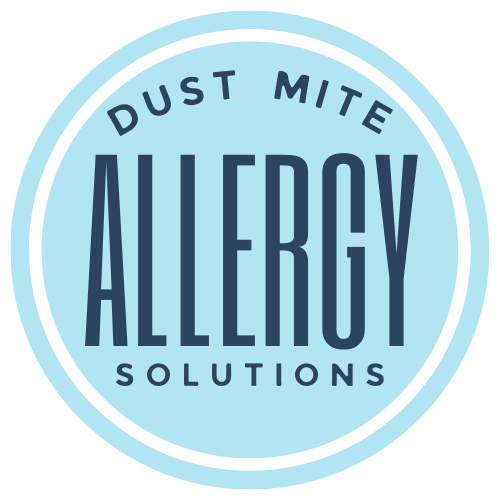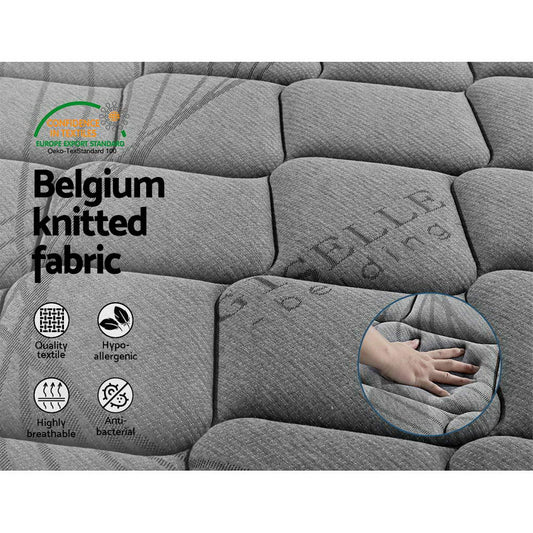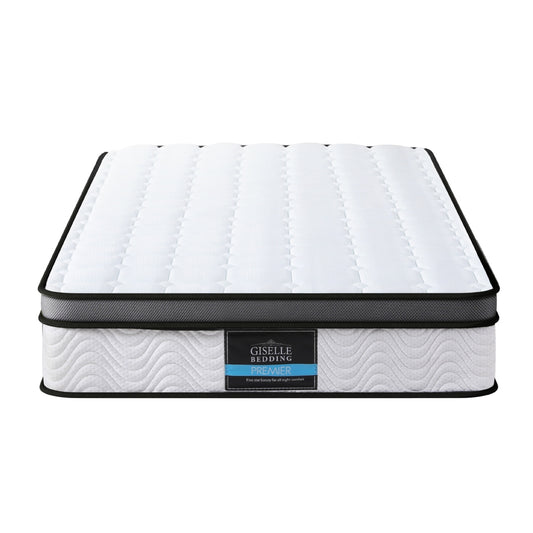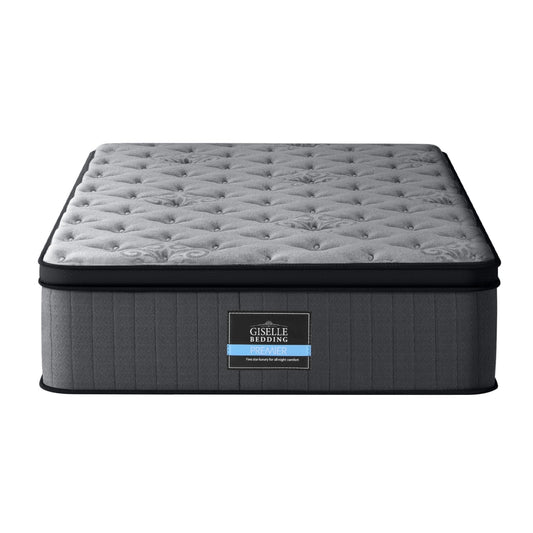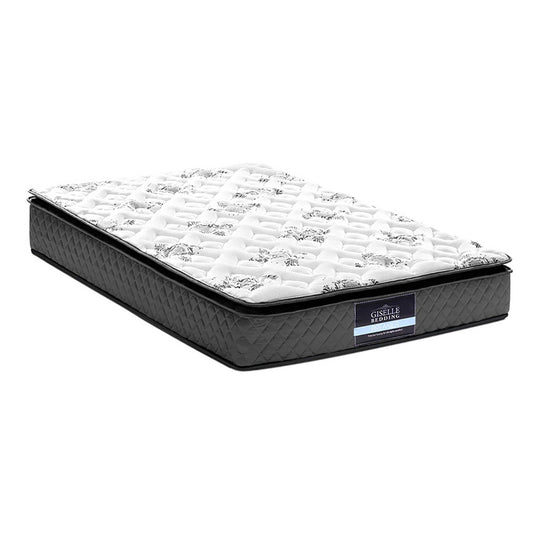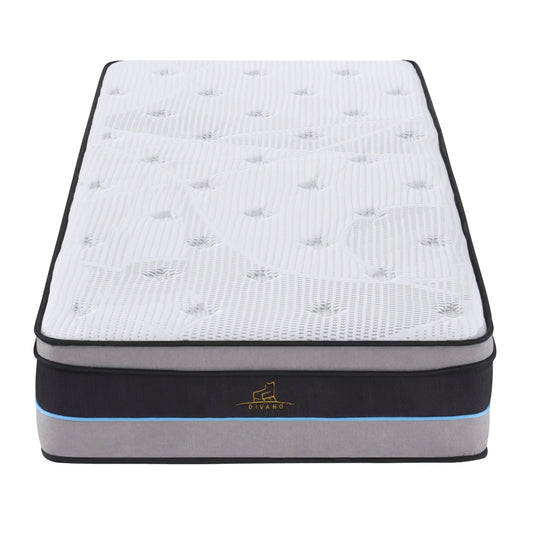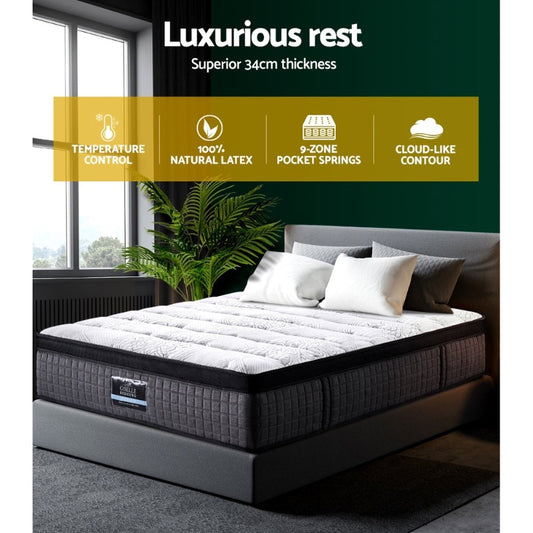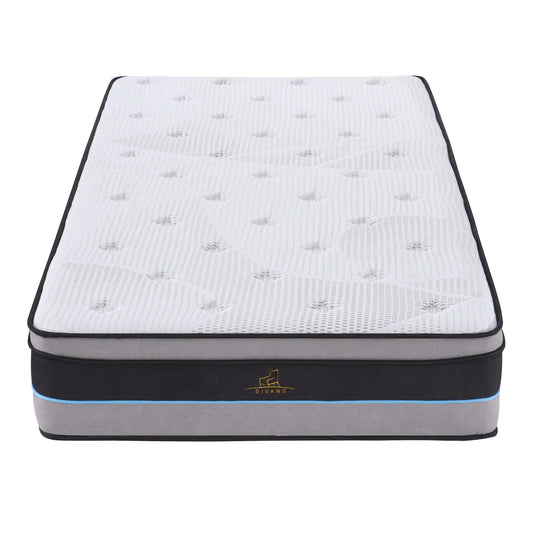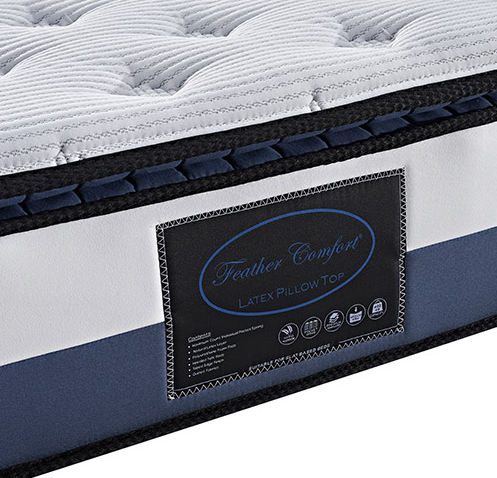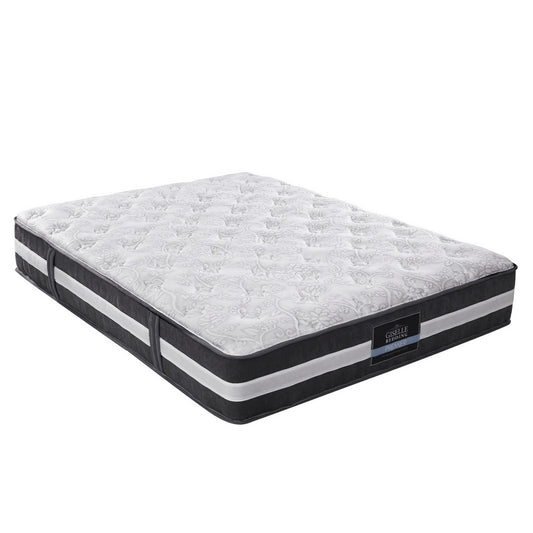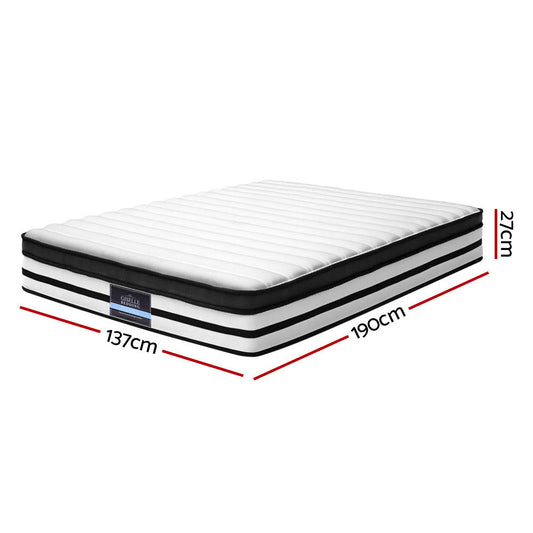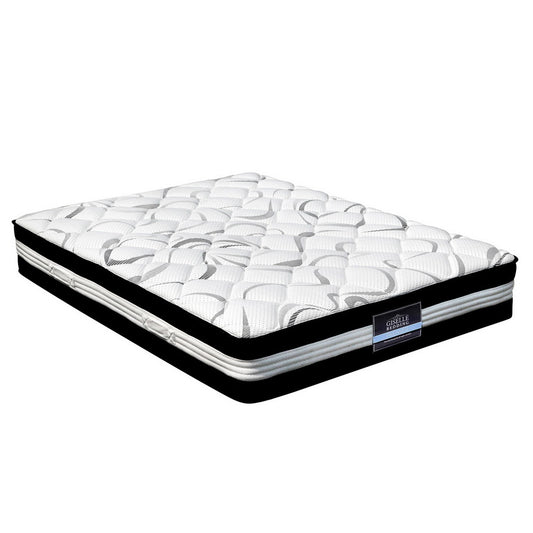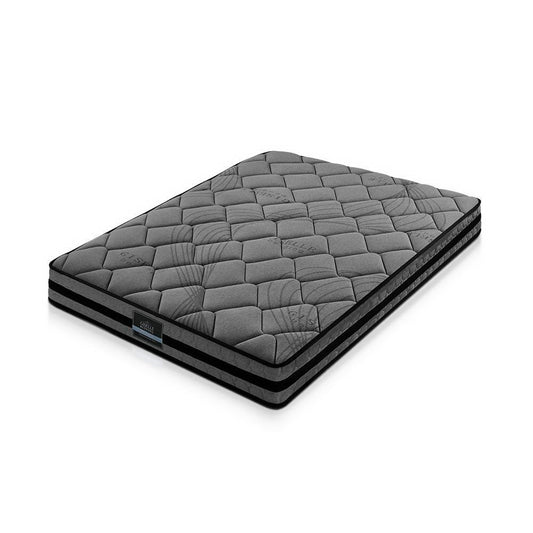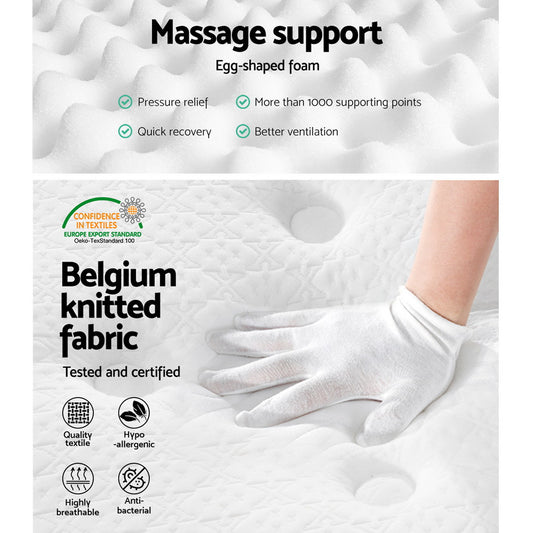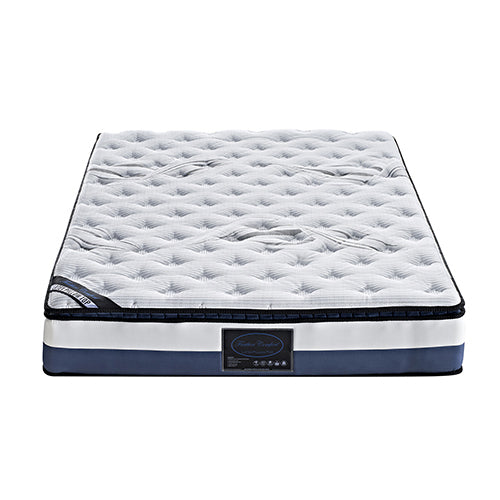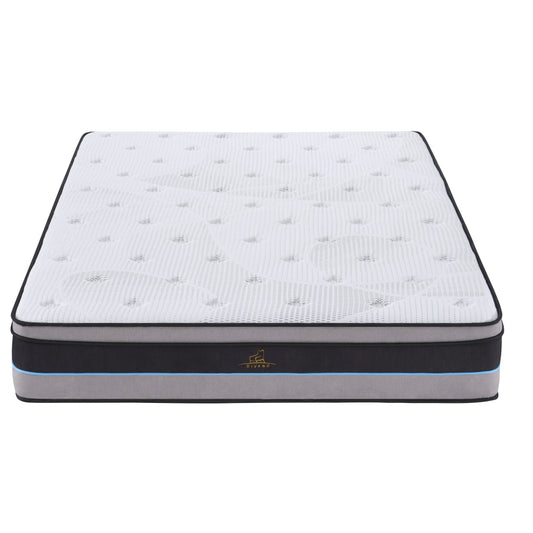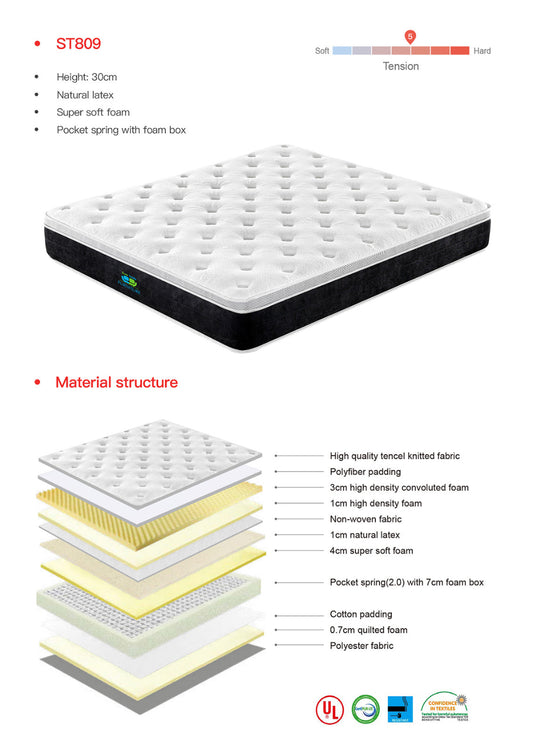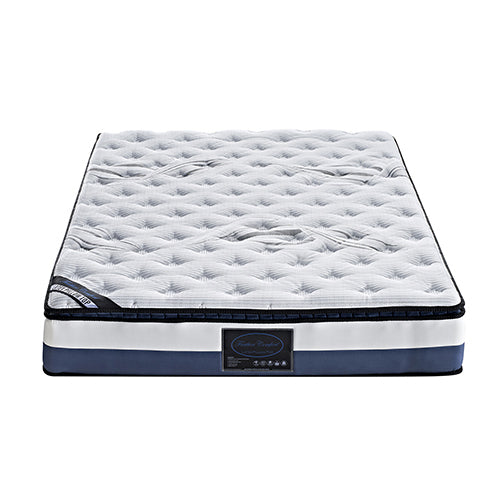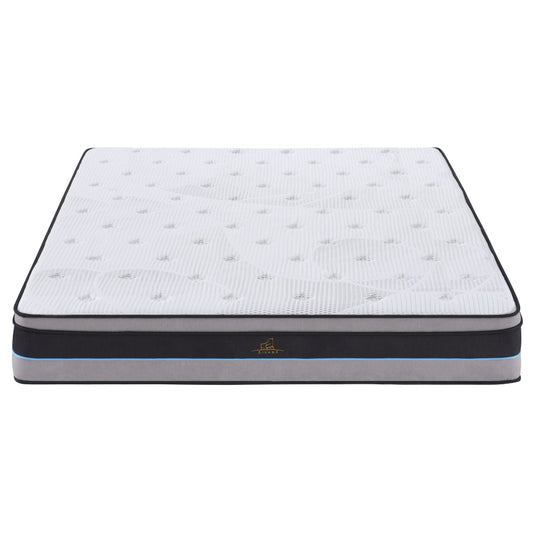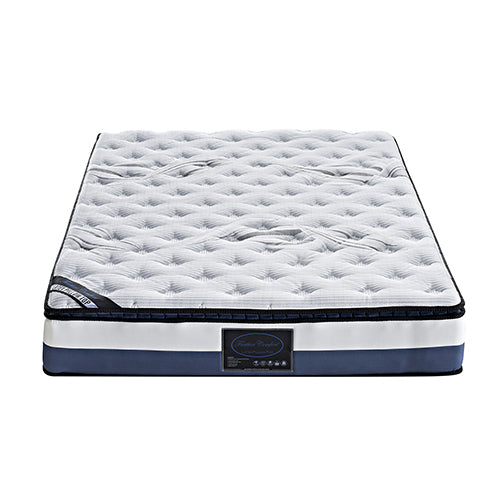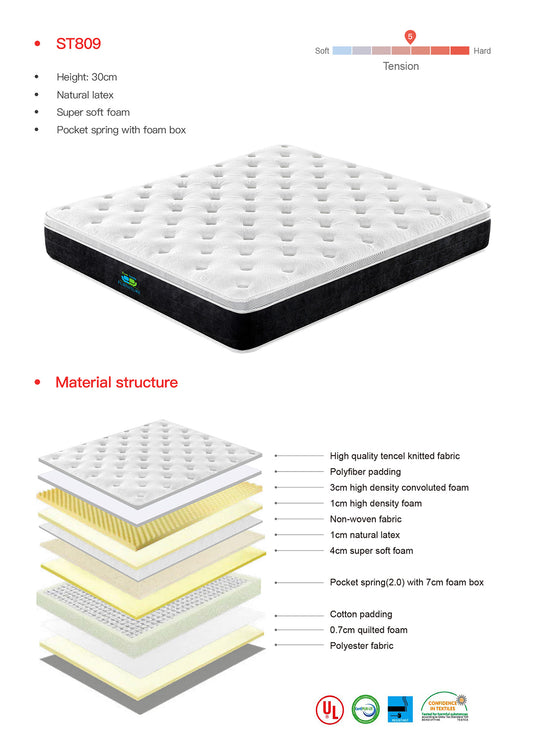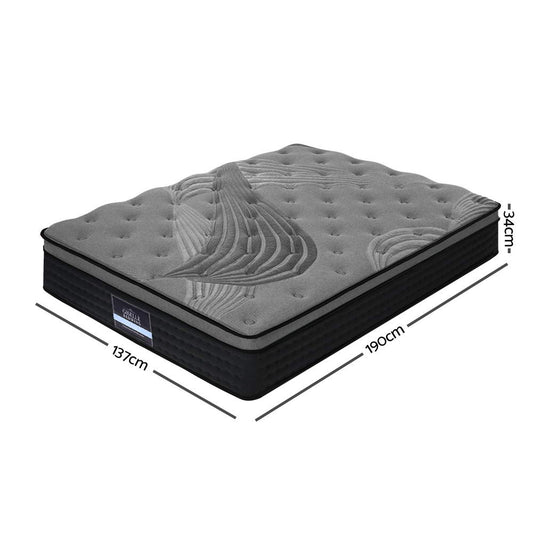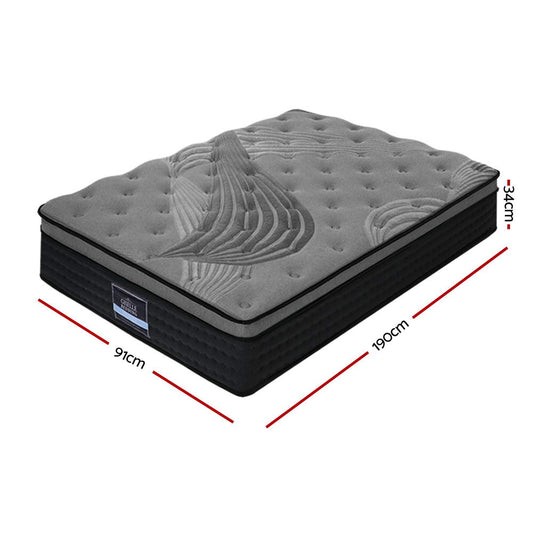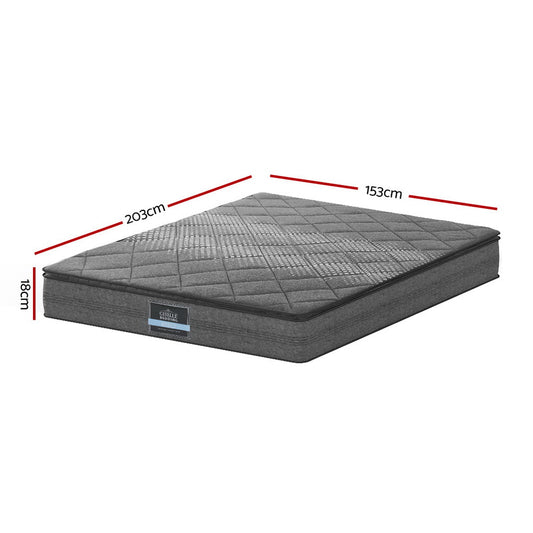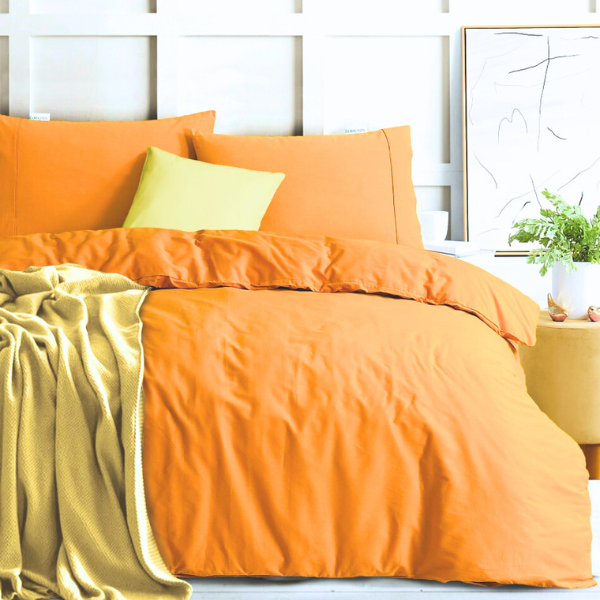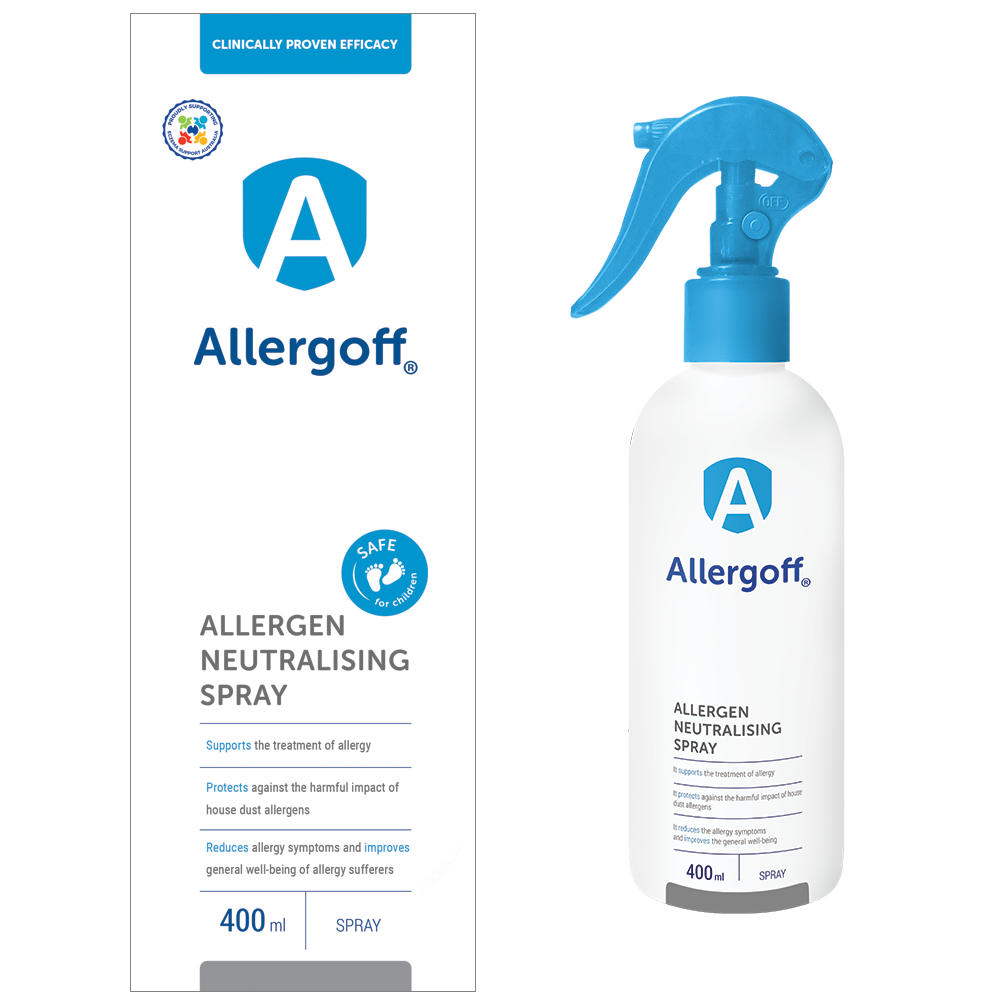Allergy-friendly mattresses
-

King Size Hypoallergenic Mattresses
Free shipping on all mattresses over $150. Experience the ultimate sleep solution with...
-

Queen Size Hypoallergenic Mattresses
Free shipping on all mattresses over $150
-

Double Hypoallergenic Mattresses
Explore our range of Double size Hypoallergenic Mattresses. These mattresses offer hypoallergenic...
-

King Single Hypoallergenic Mattresses
Our King Single mattresses are ideal for individuals seeking a healthier sleep...
-

Single Hypoallergenic Mattresses
Single size Hypoallergenic mattresses designed to create a healthier sleeping environment. What...
How to select a hypoallergenic mattress
What is a hypoallergenic mattress?
A "hypoallergenic mattress" is designed to minimize the likelihood of causing allergic reactions. The term "hypoallergenic" means "below normal" or "slightly" allergenic, implying that the materials used in these mattresses are less likely to provoke an allergic response compared to conventional mattresses.
What type of mattress is best for allergy sufferers?
Here are some of the best types of mattresses that can help minimize exposure to allergens:
- Latex Mattresses: Natural latex mattresses are often recommended for allergy sufferers. They are inherently hypoallergenic, antimicrobial, and resistant to dust mites and mold. Ensure you opt for natural latex as synthetic versions may not offer the same hypoallergenic benefits.
- Memory Foam Mattresses: High-density memory foam mattresses can also be a good choice because they have a dense structure that dust mites find difficult to penetrate. Look for CertiPUR-US certified memory foam, which guarantees that the foam is made without certain harmful chemicals and with low VOC emissions, reducing potential triggers for chemical sensitivities.
- Gel-Infused Foam Mattresses: Similar to memory foam, gel-infused mattresses offer the same benefits but with improved cooling properties, which help regulate body temperature and reduce the humidity that can foster allergens like dust mites.
- Hybrid Mattresses (with Latex or Memory Foam): Hybrid mattresses that combine innersprings with layers of latex or memory foam can provide the hypoallergenic benefits of foam or latex while also offering the traditional support of an innerspring. Ensure the top layers are made from hypoallergenic materials.
- Waterproof Mattress Covers: While not a type of mattress, using a waterproof, hypoallergenic mattress cover can shield any mattress type from dust mites, bodily fluids, and other allergens. These covers can be washed regularly to maintain a clean sleeping environment.
- Organic Mattresses: Mattresses made with organic materials such as organic cotton, wool, or latex are less likely to contain chemicals and pesticides that can trigger allergies. Organic wool, in particular, is naturally resistant to mold and dust mites.
Always ensure that any mattress you consider is compatible with your specific allergy needs and preferences.
Should I use dust mite mattress protector on a hypoallergenic mattress?
Yes, it is advisable to use a dust mite mattress protector on a hypoallergenic mattress to enhance its protective features against allergens. Even though hypoallergenic mattresses are designed to resist dust mites and other allergens, a mattress protector adds an additional layer of defense. It not only prevents allergens like dust mites and pet dander from penetrating the mattress but also facilitates easier cleaning and extends the mattress's lifespan. Furthermore, for those particularly sensitive to allergens, combining a hypoallergenic mattress with a protective cover offers greater peace of mind, ensuring a cleaner and healthier sleep environment.
Read our Guide to Choosing the Best Mattress for Dust Mite Allergies
Feeling a bit overwhelmed when it comes to choosing the right mattress?
Mattress information for allergy sufferers
-

How to reduce dust mites in your mattress
-
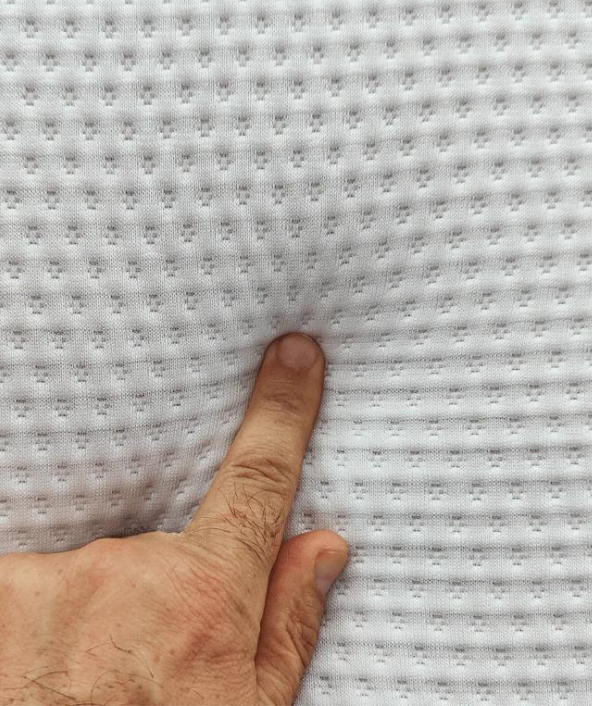
Choosing the best mattress for dust mite allergies
-

How to reduce dust mites in your bedroom
-
Mattress Medium Firm 22cm I Single I Free Shipping
Regular price $230.00Regular priceUnit price per -
Giselle Mattress Cool Gel Foam 25cm I Single I Free Shipping
Regular price $260.00Regular priceUnit price per -
Latex Foam Giselle 34cm I Single I Free Shipping
Regular price $260.00Regular priceUnit price per -
Luxurious Pillow Top Mattress 24cm I Single
Regular price $230.00Regular priceUnit price per -
Plush Top Luxury Mattress I Pocket Spring I SINGLE I 28cm
Regular price $450.00Regular priceUnit price per -
Giselle Latex Foam Mattress | Single I Free Shipping
Regular price $276.00Regular priceUnit price per -
Plush Top Luxury Mattress I Pocket Spring I KING SINGLE I 28cm
Regular price $500.00Regular priceUnit price per -
Latex Pillow Top Mattress | King Single I Free Shipping
Regular price $527.00Regular priceUnit price per -
30cm Mattress Pocket Spring I Double I Free Shipping
Regular price $345.00Regular priceUnit price per -
27cm Euro Top Mattress I Double I Free Shipping
Regular price $320.00Regular priceUnit price per -
30cm Mattress Medium Firm I Double I Free Shipping
Regular price $330.00Regular priceUnit price per -
22cm Mattress Medium Firm I Double I Free Shipping
Regular price $320.00Regular priceUnit price per -
34cm Mattress Euro Top I Double I Free Shipping
Regular price $350.00Regular priceUnit price per -
Latex Pillow Top Mattress | Double I Free Shipping
Regular price $610.00Regular priceUnit price per -
Plush Top Luxury Mattress I Pocket Spring I QUEEN I 28cm
Regular price $675.00Regular priceUnit price per -
Tencel Latex Soft Pocket Spring Mattress I 30cm I Queen I Free Shipping
Regular price $670.00Regular priceUnit price per -
Latex Pillow Top Mattress | Queen | Free Shipping
Regular price $688.00Regular priceUnit price per -
Plush Top Luxury Mattress I Pocket Spring I KING I 28cm
Regular price $750.00Regular priceUnit price per -
Latex Pillow Top Mattress | King | Free Shipping I Hypoallergenic Treatment
Regular price $760.00Regular priceUnit price per -
Tencel Latex Soft Pocket Spring Mattress I 30cm I King I Free Shipping
Regular price $750.00Regular priceUnit price per -
34cm Mattress Bamboo Cover I Queen I Free Shipping
Regular price $470.00Regular priceUnit price per -
34cm Mattress Bamboo Cover I Double I Free Shipping
Regular price $389.00Regular priceUnit price per -
34cm Mattress Bamboo Cover I Single I Free Shipping
Regular price $259.00Regular priceUnit price per -
18cm Mattress Pillow Top I Queen I Free Shipping
Regular price $359.00Regular priceUnit price per
-
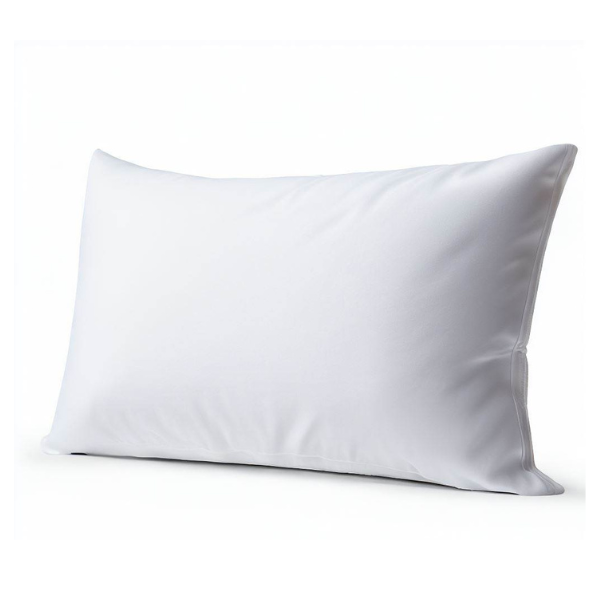
Allergy friendly pillows
Crafted from allergy friendly materials, these pillows are perfect for anyone looking...
